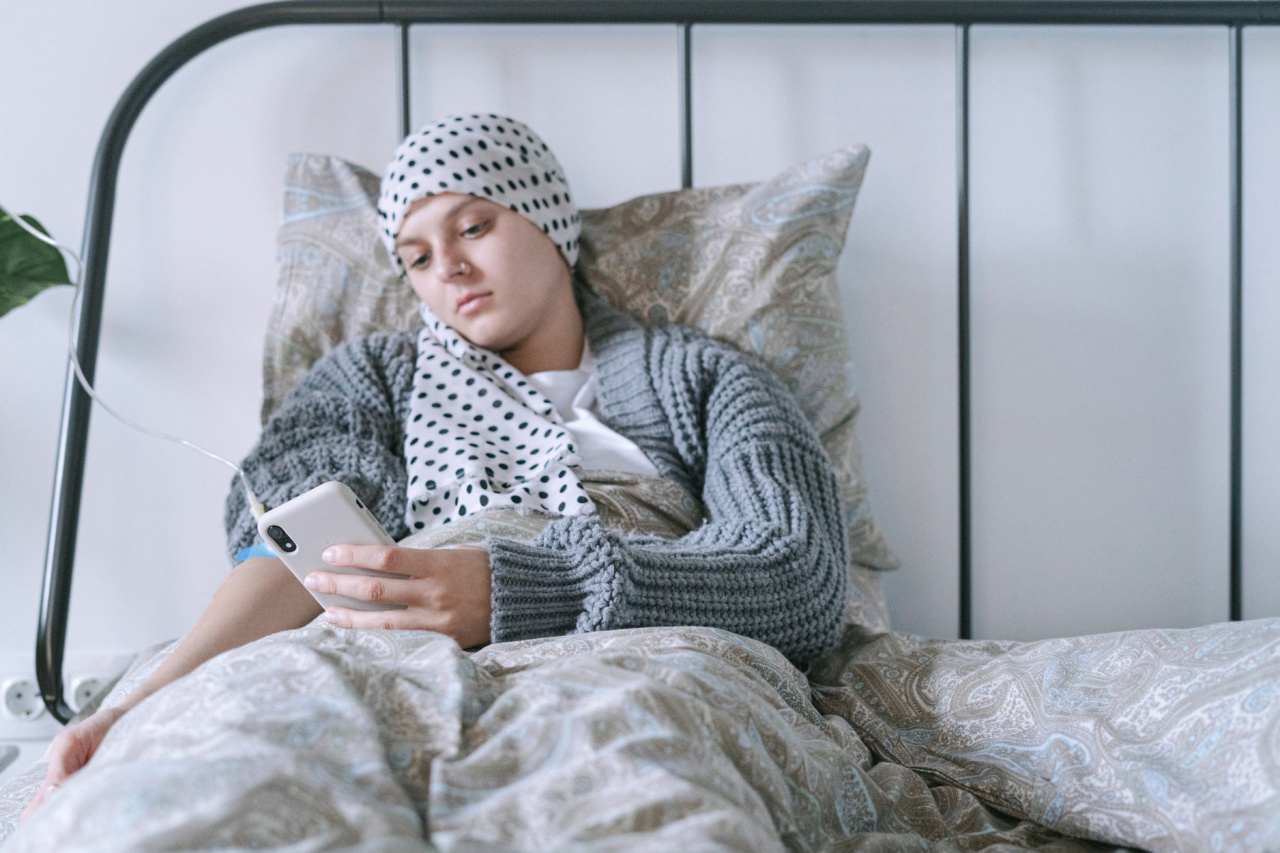Prostate cancer is the second most common cancer in men worldwide. The treatment for prostate cancer often involves surgery, radiation therapy, hormone therapy, or a combination of these.
While these treatments are essential in eradicating or controlling the cancer, they often come with side effects that can significantly impact a patient’s quality of life.
Common Side Effects of Prostate Cancer Treatment
1. Urinary Incontinence.
Urinary incontinence is a common side effect of prostate cancer treatment, particularly surgery. It refers to the inability to control bladder function, leading to unintentional urine leakage. This can be distressing and embarrassing for patients.
2. Erectile Dysfunction.
Erectile dysfunction, or the inability to achieve or maintain an erection, is another prevalent side effect of prostate cancer treatment. It can have a significant impact on both the physical and emotional well-being of patients and their partners.
3. Fatigue.
Many prostate cancer patients experience fatigue as a result of treatment. This fatigue can be debilitating and may persist for several months or even years after completion of treatment.
4. Loss of Muscle Mass.
Hormone therapy, a common treatment for prostate cancer, can lead to the loss of muscle mass and strength. This can further contribute to fatigue and worsen patients’ overall physical function.
The Role of Physical Activity
Physical activity has been shown to be beneficial in mitigating the side effects of prostate cancer treatment. Engaging in regular exercise can help alleviate symptoms and improve overall well-being. Here are the ways physical activity can help:.
1. Urinary Incontinence
Exercise has been proven to strengthen the pelvic floor muscles, which play a crucial role in bladder control.
By regularly engaging in exercises that target these muscles, such as Kegels, patients can improve their ability to control urinary leakage and reduce the severity of incontinence.
2. Erectile Dysfunction
Physical activity improves cardiovascular health, increases blood flow, and promotes overall well-being.
This can positively impact erectile function by improving circulation and promoting the release of endorphins, which are known to enhance sexual satisfaction.
3. Fatigue
Incorporating physical activity into daily routines can help combat fatigue experienced by prostate cancer patients.
Regular exercise boosts energy levels, improves sleep quality, and enhances overall stamina, leading to a reduction in cancer-related fatigue.
4. Loss of Muscle Mass
Resistance training, such as weightlifting or using resistance bands, can help preserve and rebuild muscle mass that may be lost during hormone therapy. Strength exercises can also enhance physical function, making daily tasks easier for patients.
Tips for Getting Started
1. Consult with your healthcare team before starting any exercise program to ensure it is safe and appropriate for you.
2. Start slowly and gradually increase the intensity and duration of your activities. Listen to your body and rest when needed.
3. Consider working with a certified cancer exercise specialist who can tailor an exercise program to your specific needs and limitations.
4. Find activities that you enjoy and that fit into your lifestyle. This will increase motivation and adherence to the exercise routine.
Conclusion
Physical activity can play a vital role in easing the side effects of prostate cancer treatment. From improving bladder control to enhancing sexual function, reducing fatigue, and preserving muscle mass, exercise offers numerous benefits for patients.
By incorporating regular physical activity into their lives, prostate cancer patients can improve their overall well-being and enhance their quality of life.































